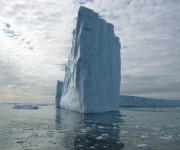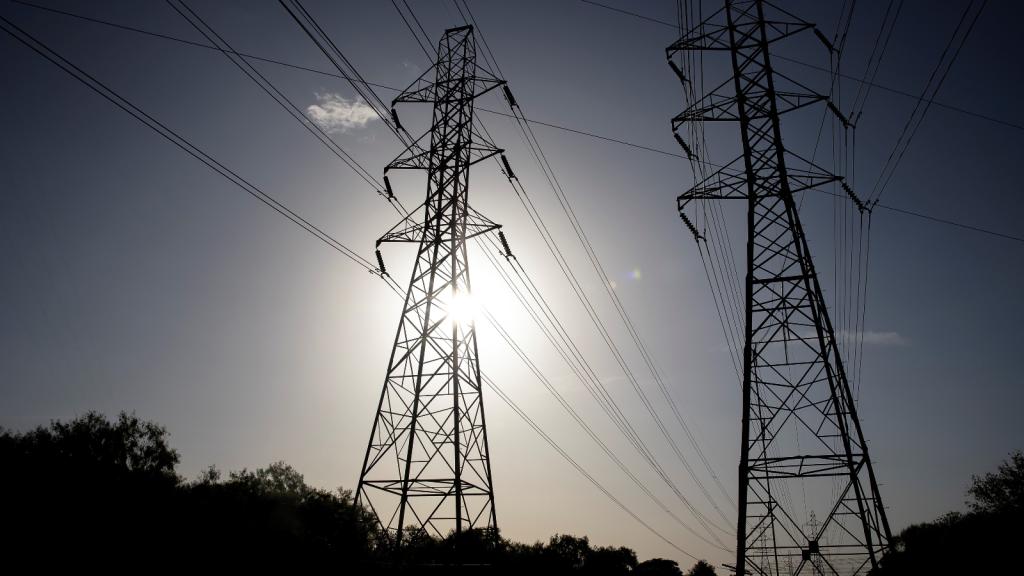 The recent North Sea oil spill could be just the tip of the iceberg when it comes to Arctic drilling.Cross-posted from Climate Progress.
The recent North Sea oil spill could be just the tip of the iceberg when it comes to Arctic drilling.Cross-posted from Climate Progress.
Last week, Shell reported a ruptured oil pipeline in the North Sea, where it spilled around 750 barrels of oil. The leak was fixed over the weekend, but Shell has been quiet about exactly what happened, only saying it “responded promptly to the incident.”
Compared to last year’s 5-million barrel gusher in the Gulf, this latest leak is very small and was contained quickly. Shell says it was able to contain and monitor the problem with the proper equipment in place. But what happens when there’s no infrastructure in place to address a spill?
This latest incident comes as Shell prepares to drill in the icy waters of the Arctic — an area where a leak or blown-out well would be much more difficult to fix. Experts tasked with clean-up efforts continue to warn of the consequences of a spill in the region.
Two days before Shell went public with its spill in the North Sea, the Interior Department gave the company the go-ahead to drill exploratory wells in the Beaufort and Chukchi Seas off the coast of Alaska. Assuming it finalizes the permitting, Shell will begin operations in the area next summer.
But the leader of the U.S. Coast Guard continues to raise concerns about the environmental implications of a spill there. Speaking to reporters on Friday in Alaska, Adm. Robert Papp explained that the agency needs “an appropriate level of Arctic pollution response capability. Presently we have none.” From the Associated Press:
As of now, the agency is operating at a disadvantage, Adm. Robert Papp said.
“You never know the full spectrum of things that can go wrong,” Papp said. “And if the Coast Guard has no resources, we have no backup, we have no way to execute a plan. So we’ve got to have some infrastructure up there.”
Despite the lack of clean-up capabilities at the U.S. Coast Guard, the Interior Department has given preliminary approval to Shell’s exploratory activities — putting full trust [PDF] in Shell’s extraordinarily optimistic plan to address oil spills. (The company says it can recover 90 percent of an oil spill in the icy waters of the Arctic. By comparison, only 8 percent of the oil from the Exxon Valdez spill was recovered.)
But the disconnect gets far worse. In its Environmental Impact Assessment [PDF], the Interior Department fully recognizes the impact of climate change on the Arctic. Yet it gives approval to drill for more carbon-intensive fossil fuels in the region, exacerbating the very problem the agency outlines:
A thorough scientific examination of climate change in the Arctic is provided by the Intergovernmental Panel on Climate Change (IPCC, 2007a) and the Arctic Climate Impact Assessment (ACIA, 2005). The two reviews offer the most comprehensive compilation of information available on climate change, agreeing that the Arctic is experiencing variations that are accelerating faster than previously realized (Karcher et al., 2010). Other research concurs the Arctic is undergoing rapid transition, including surface warming (affecting cloudiness) and changes in the cryosphere, the frozen water part of the Earth system that includes sea ice (Matthes, Rinke, and Dethloff, 2009).
Ironically, the proposed plan to address climate change is to install emissions-reduction equipment at rigs onsite, rather than consider the impact of drilling for fossil fuels.



